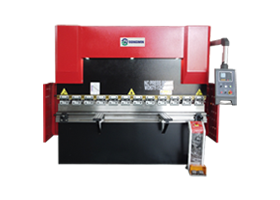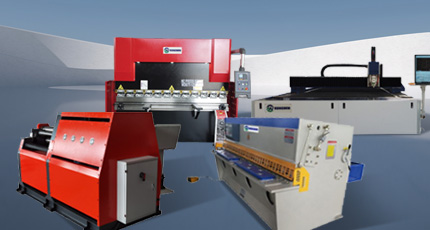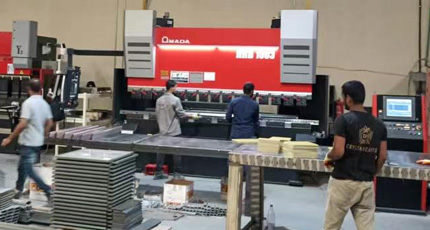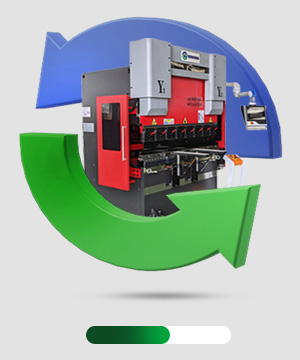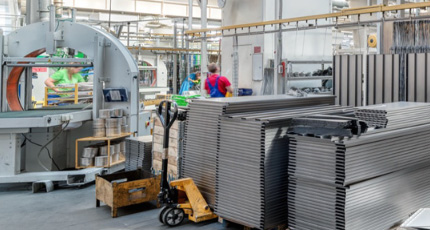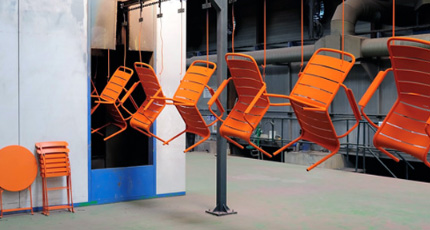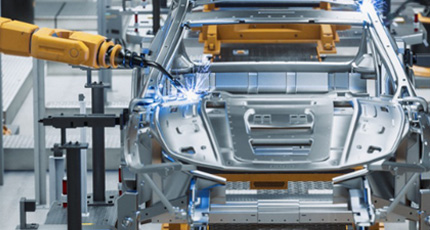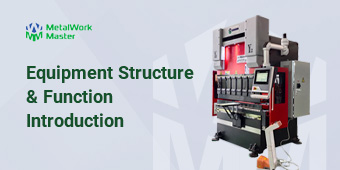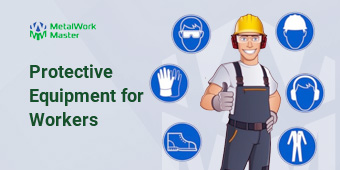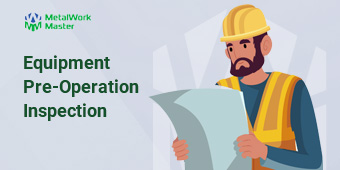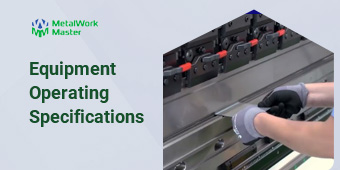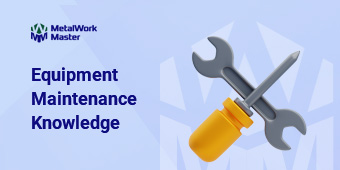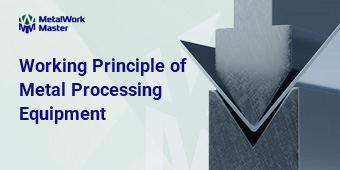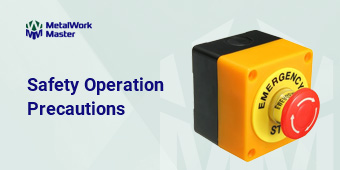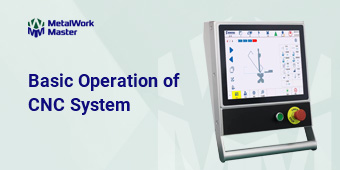Single Phase Mini CNC Press Brake for Home-Use
Lifetime Services

- Training
- Accessories support
- Mold customization
- Equipment upgrade
- After-sales service
Lifetime Services
Professional Training Ensures Normal Operation of Equipment

- Training 1
Equipment Operation Training
Press brake operators need to receive comprehensive safety training before operating to ensure the safety of operation and the integrity of the equipment. The following are the safety training contents that operators need to master:
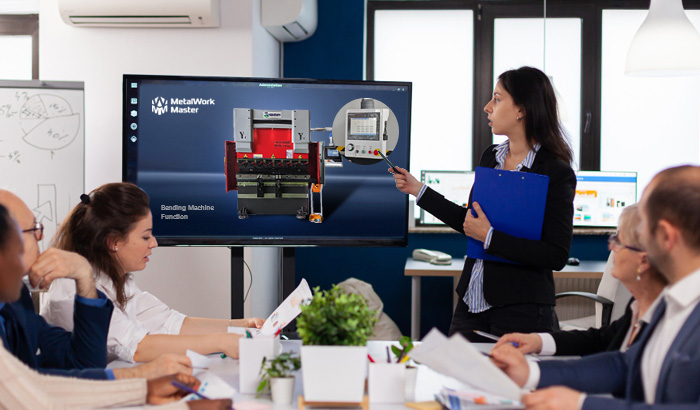

- Training 2
Regular Maintenance
The regular maintenance training content for bending machine operators usually includes the following aspects:
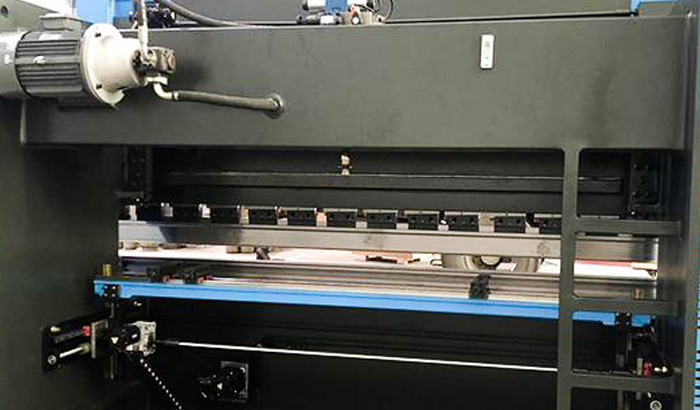

- Training 3
Installation and Debugging Guidance
The installation and commissioning of metal processing equipment is a professional and complex process that requires certain steps and precautions to be followed. The following is a guide to the installation and commissioning of bending machines:
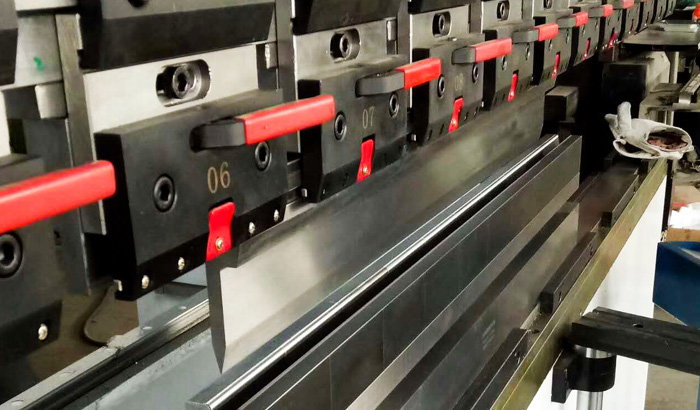
Lifetime Services
Accessory Support
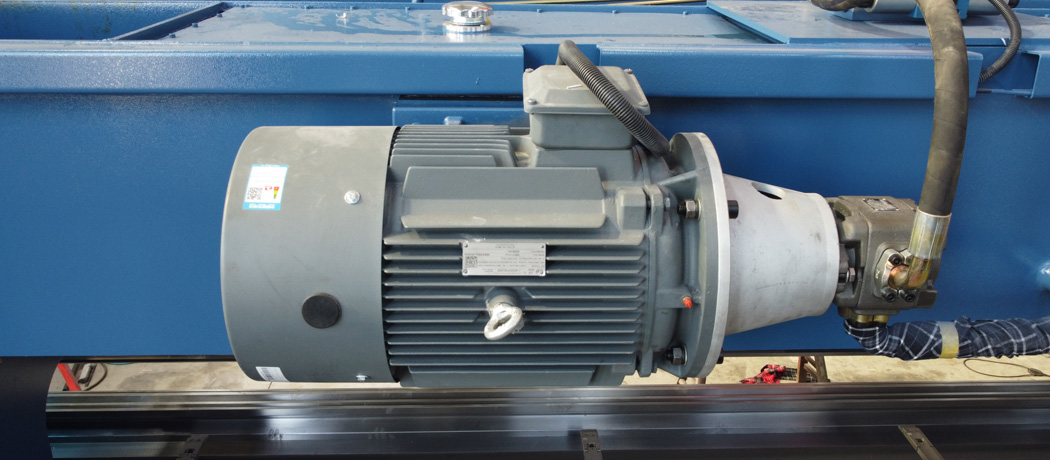
Motor and servo control system
The motor provides power to drive the bending operation, while the servo control system ensures precise control and adjustment of the bending action.
Common motor types include servo motors and stepper motors, while the servo control system includes components such as servo drives and servo controllers.
Learn More

Guide rails and sliders
The guide rails support and guide the movement of the upper and lower dies, ensuring accurate and stable bending.
The slides are mounted on the guide rails, connecting the motor and the upper and lower dies to achieve movement. They typically feature high-precision rolling mechanisms.
Learn More

Upper die seat and lower die seat
The upper die holder secures the upper die, while the lower die holder secures the lower die.
They are typically adjustable to suit the workpiece size and requirements.
Learn More

Transmission device
Converts the motor's rotational motion into linear motion for the upper and lower dies.
Common transmissions include gear drives and belt drives.
Learn More

Control panel
Used to set bending parameters, adjust the bending angle, and monitor the bending process.
This typically includes an LCD display, buttons, or a touch screen.
Learn More

Safety devices
Including light barriers, safety doors, emergency stop buttons, etc., to ensure the safety of operators and equipment.
Learn More

Other accessories
Such as guide wheels, rollers, sensors, etc., used to assist bending operations and monitoring.
Learn More

Hydraulic system
It is composed of hydraulic cylinders, pumps, valves and hydraulic oil storage tanks to provide the force required for bending.
Learn More

Motor and servo control system
This helps accurately position the metal sheet during bending. It typically consists of fingers or stops that can be adjusted to achieve precise bend angles and lengths.
Common motor types include servo motors and stepper motors, while the servo control system includes components such as servo drives and servo controllers.
Learn More

Die
A punch and die set used to bend metal. High-quality dies are essential for achieving precise and consistent bends.
Learn More

Electrical inspection
Regularly check whether the wires, plugs and electrical equipment are working properly to ensure the safety and stability of the equipment.
Learn More

Daily maintenance
This includes cleaning, lubrication, inspection, and checking of key components and controllers to ensure they are functioning properly.
Learn More

Frame
Provide structural integrity and stability to the machine and should be strong and durable to withstand the forces applied during processing.
Learn More

Active beam and base
The beam is the movable part of the machine that applies pressure to the sheet metal, while the base is the fixed part that supports the material being bent.
They should be precisely aligned to ensure accurate and consistent bends.
Learn More

Control system
Allows the operator to set and adjust bending parameters such as bend angle, bend length, and backgauge position.
Advanced control systems such as CNC (Computer Numerical Control) provide high-level precision and automation capabilities.
Learn More
Lifetime Services
Mold Customization
Features of mold customization:
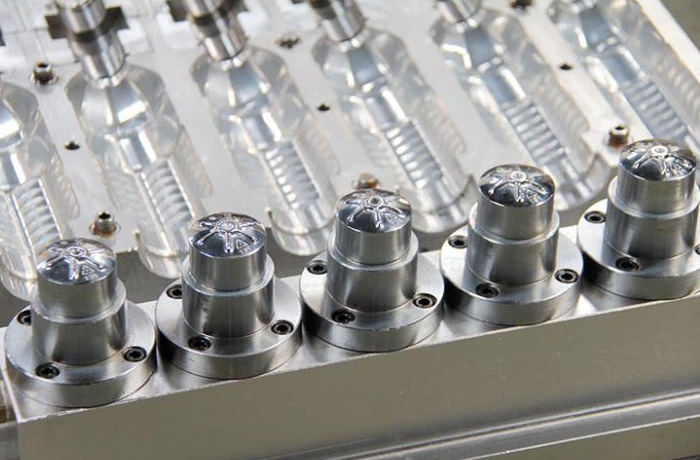
Technical requirements:
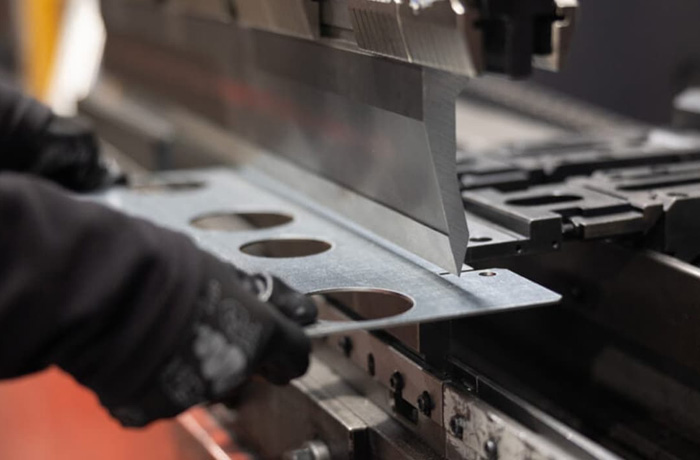
Mold type:
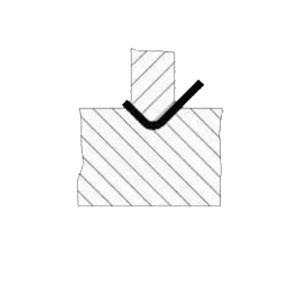
V-shaped molds
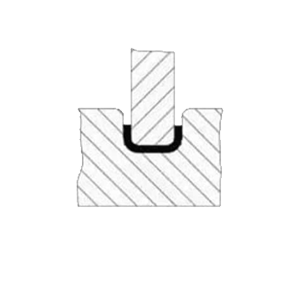
U-shaped molds
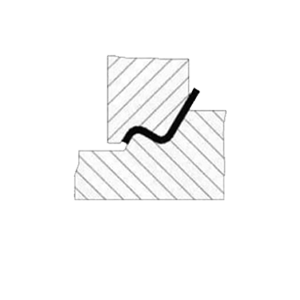
Z-shaped molds
Lifetime Services
Equipment Upgrades and Renovations
Hydraulic system optimization:
By increasing the diameter of the hydraulic cylinder, using higher pressure hydraulic oil, and improving the response speed of the hydraulic system, the production efficiency of the bending machine can be improved.
Improving accuracy:
Using high-precision displacement sensors and control algorithms to improve the accuracy of the bending machine, reduce errors, and improve product quality.
Energy saving and environmental protection:
Adopt energy-saving design and technology, such as using high-efficiency motors and transmission systems, and using energy-saving hydraulic oil, to reduce energy consumption and environmental pollution.
Control system upgrade:
Introducing advanced CNC systems to improve the automation and intelligence level of equipment, making equipment operation easier, and improving production efficiency and product quality.
Mechanical structure reinforcement:
Reinforce or replace key mechanical structures such as the upper beam and lower beam of the bending machine to improve the stability and load-bearing capacity of the equipment.
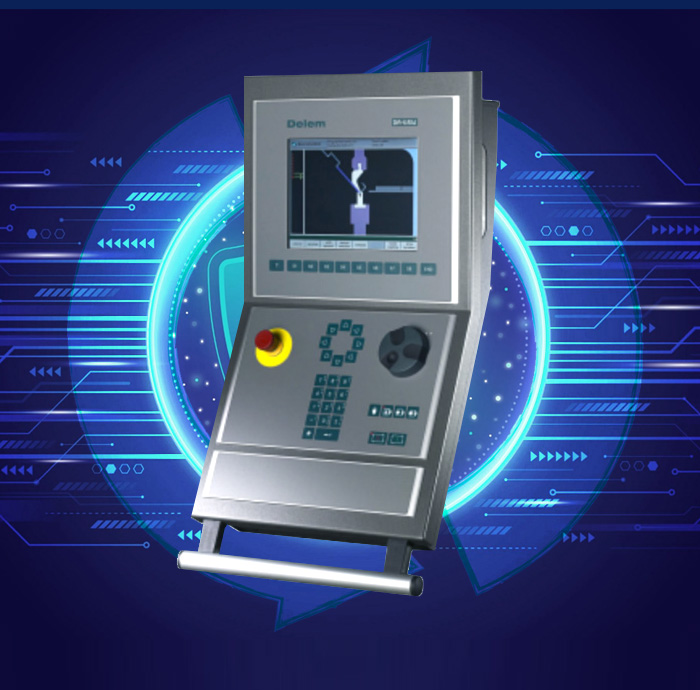
Clamping system upgrade:
Upgrading the clamping system, such as using WILA hydraulic clamps, can reduce clamping time, improve clamping accuracy and consistency, and reduce dependence on operator skills.
Mold and tool update
Use higher precision and more durable molds to improve bending accuracy and reduce replacement frequency. For example, the key dimension accuracy of the molds provided by WILA can reach ±0.01mm.
Electro-hydraulic servo system:
Introduce electro-hydraulic servo control system to achieve higher bending accuracy and stability, suitable for fields with high precision requirements.
Intelligent service:
Provide intelligent operation interface and data analysis system to achieve remote fault diagnosis and workflow optimization.
Customized transformation:
Provide customized transformation solutions according to the specific needs of different customers to ensure that the equipment can give full play to its maximum efficiency.

Lifetime Services
After-Sales Service

Mob/WhatsApp:
0086-15156147667

Mob/WhatsApp:
0086-15212339345

Mob/WhatsApp:
0086-15156147667

Mob/WhatsApp:
0086-15212339345
Contact MetalWorkMaster
Need Assistance?

Download Product Operation Manuals

Installation and Commissioning Guidance

Equipment Maintenance Training

Sample Support for Equipment Spare Parts

Support for Third-party Factory Inspections

Free Technical Consultation Services
- Quick Quotation
- Mobile Phone
Join Our Distributors
- Mobile Phone
- *Title
- *Content












